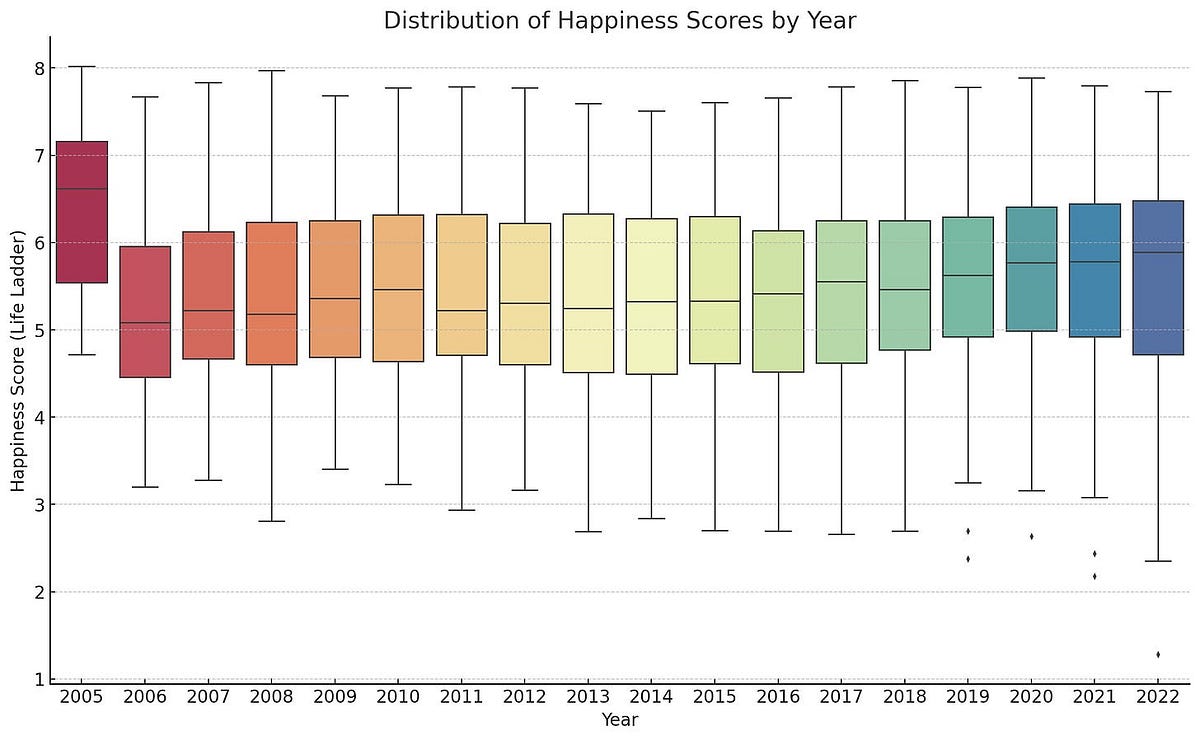Heutagogy in Computer Science Education
Heutagogy offers a powerful framework for fostering adaptable, self-directed learners who are equipped to navigate the ever-changing technological landscape.
In the rapidly evolving landscape of technology, computer science education faces the constant challenge of preparing students for a future that is difficult to predict. Traditional pedagogical approaches often struggle to keep pace with the dynamic nature of the field.
This blog post explores the potential of heutagogy in computer science education, examining its principles, implementation strategies, and the unique benefits it brings to the education of the next generation of computer scientists.
Heutagogy is a learning approach that emphasizes self-determined learning and promises to revolutionize how we educate future computer scientists and software engineers. The term was coined by Stewart Hase and Chris Kenyon in 2000, and is derived from the Greek word for “self,” placing the learner at the center of the educational process. Heutagogy clearly goes beyond the teacher-centered approach of pedagogy and also beyond the adult-focused strategies of andragogy, empowering learners to take full control of their learning journey and taking learner autonomy to new heights. In the context of computer science education, heutagogy offers a powerful framework for fostering adaptable, self-directed learners who are equipped to navigate the ever-changing technological landscape.
At its core, heutagogy is characterized by self-determined learning, where learners are not only involved in the learning process but are the primary architects of their educational journey.

























